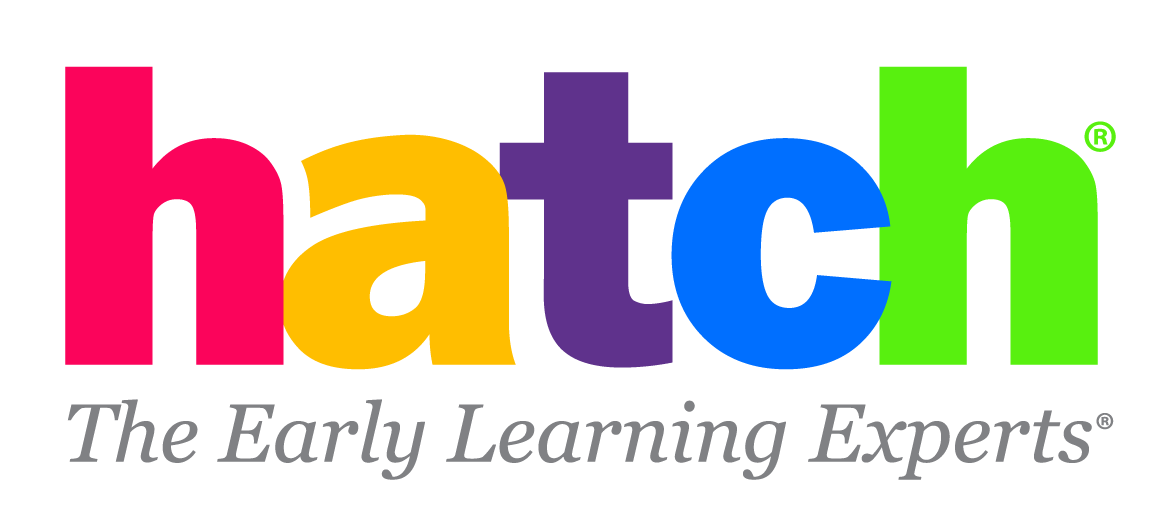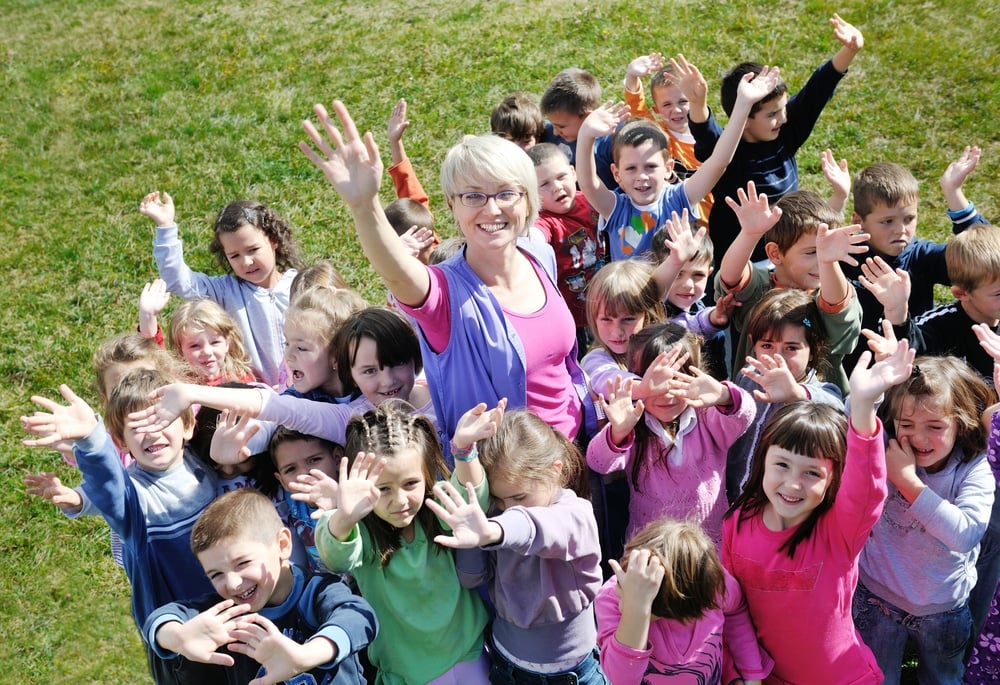Each spring, The National Institute for Early Education Research (NIEER) publishes its annual The State of Preschool yearbook. These yearbooks provide a deep analysis of where the United States stands on its journey towards access to high-quality early childhood education for children ages 3 to 5. Last year, the NIEER report The State of Preschool 2021 yearbook illustrated how the pandemic’s impact had set that progress backward. There were plenty of thought pieces written in response to last year’s report, sounding the alarm on the dire need to get back that decade of lost progress, including our own here at Hatch. This year’s NIEER report, The State of Preschool 2022 yearbook, was highly anticipated to see how the country could come back from last year’s decline.
One of the key takeaways from the 2022 yearbook is that the NIEER deemed this year as a year of “partial recovery.” The report notes that the early childhood education field is showing signs of positive advancement and has opportunities for continued improvement within several key areas. Another encouraging finding in the report is the rebound in pre-K enrollment after a significant drop in the previous year. The report notes that “in 2021–2022, 1,526,116 children attended state-funded preschool, an increase of 180,668 children, up 13% from the 2020–2021 school year. Enrollment increased in all except seven states” (Friedman-Krauss et. al., 2022). This suggests that with restrictions from COVID-19 lifted, families and states continue to recognize the importance of early education and are reengaged in actively seeking out opportunities for their children.
However, despite the positive enrollment trends, the report highlights a concerning trend of stagnant investment and spending. While total state spending for preschool programs reached almost $9.51 billion across 44 states and the District of Columbia, all reported spending (federal, state, and local) was at a $273 million (2%) decrease after adjusting for inflation (Friedman-Krauss et. al., 2022). This underscores the need to advocate for increased investments that will enable programs to provide the resources, materials, and professional development necessary to deliver high-quality education. As educators and administrators, it’s important to leverage this renewed interest and positive trend in enrollment to advocate for increased investments in high-quality early learning.
A potential result of this lack of increased investment could connect to another key finding in this year’s NIEER report: a limited improvement in meeting standards of quality. The report goes back 20 years to compare:
In 2001–2002, no state-funded preschool program met all 10 of NIEER’s quality standards benchmarks. Today, six programs in five states meet all 10. In 2001–2002, most children in state-funded preschool attended a program meeting fewer than half of the benchmarks. Today that has decreased to 37% of children, even though some of the benchmarks are now more difficult to meet. Unfortunately, that is still quite limited improvement, and higher standards in some states mean that disparities in preschool standards across the states are even greater now than 20 years ago.” (Friedman-Krauss et. Al., 2022)
As we know, just attending preschool does not make a significant difference in future outcomes; what does make a difference is attending high-quality preschool programs (Lipsey et. al., 2018).
Of the 62 state-funded pre-K initiatives analyzed in the report, 41 have continuous quality improvement (CQI) systems that include how observations of classroom quality and information collected is used for classroom/program improvement. While CQI systems have increased, the report finds that most programs reported a shortage of qualified lead preschool teachers during the 2021–2022 school year and that more teachers than in previous year received waivers for the education and specialized training requirements (Friedman-Krauss et. al., 2022). This highlights a critical gap: While programs are working towards quality, staff within programs lack foundational knowledge and support directly related to their work with children.
Additionally, of the 62 state-funded pre-K initiatives, only 18 have a staff professional development policy meeting the quality standard, which includes at least 15 hours per year for teachers and assistants, with individual professional development plans and coaching. It is crucial to prioritize ongoing professional development and stay abreast of best practices and research-based approaches to ensure that our teaching methods align with quality standards.
At Hatch Early Learning™, we understand the challenges that educators and administrators face in providing high-quality early learning experiences, and we are dedicated to supporting programs in their efforts to improve the quality to benefit the children they serve. Our resources are specifically designed to support these efforts and help to create positive classroom environments that foster engagement and quality interactions. Hatch’s interactive and engaging digital programs are designed for children to use independently, which fosters respect between the adult, who is empowering the child, and the child, who is empowered to use technology on their own.
Hatch Insights™, the digital dashboard for educators, offers educators a comprehensive picture of the children’s understanding of concepts across all domains of learning and how they interact with our solutions. Reports from Insights increase teacher awareness of children's needs in real time as children play and offer opportunities to support children based on areas of improvement. Within Insights, Curricular Experiences also can be used to help teachers manage instructional time with high-quality learning activities that are simple to implement with minimal preparation and materials. Additionally, Insights will group together children who all need to practice the same skill, taking the guesswork and planning time out of creating small groups for differentiated instruction. With the current realities of staffing shortages and lack of educational support, Insights is an extremely valuable resource for programs to invest in.
Hatch also offers comprehensive professional development programs tailored to the unique needs of educators, which are valuable resources to improve the data findings around professional development in our field. Our training sessions provide evidence-based strategies, instructional techniques, and resources to enhance your teaching practices and promote positive outcomes for young learners. The professional development opportunities, in conjunction with the embedded professional development within the Insights dashboard, provide vital contributions for supporting children and allow for many opportunities to provide feedback, suggestions, or ideas that help to expand a child’s understanding and encourage them to participate in active learning.
As educators and administrators, you have the power to shape the future of our youngest learners. The NIEER report The State of Preschool 2022 yearbook serves as a reminder of the work that lies ahead. By leveraging the learnings from the report and utilizing tools and resources, such as those offered by Hatch, together we can create high-quality teaching and learning experiences that empower your students and set them on a path towards success.
For more information about Hatch Early Learning solutions and professional development resources, connect with a specialist today.
References
Friedman-Krauss, A. H., Barnett, W. S., Hodges, K. S., Garver, K. A., Weisenfeld, G. G., Gardiner, B. A., & Jost, T. M. (2023). The state of preschool 2022. The National Institute for Early Education Research. https://nieer.org/the-state-of-preschool-yearbook-2022
Lipsey, M. W., Farran, D. C., & Durkin, K. (2018). Effects of the Tennessee Prekindergarten Program on children’s achievement and behavior through third grade. Early Childhood Research Quarterly, 45, 155–176. https://doi.org/10.1016/j.ecresq.2018.03.005

